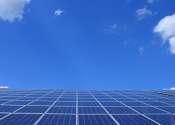Chile's lithium dreams raise water concerns in the desert
As night falls in Chile's Atacama desert, the world's driest, a drilling machine extracts brine to measure levels of lithium—a crucial mineral for the global switch to cleaner energy, but harmful in its own way.
Jun 6, 2024
0
1









